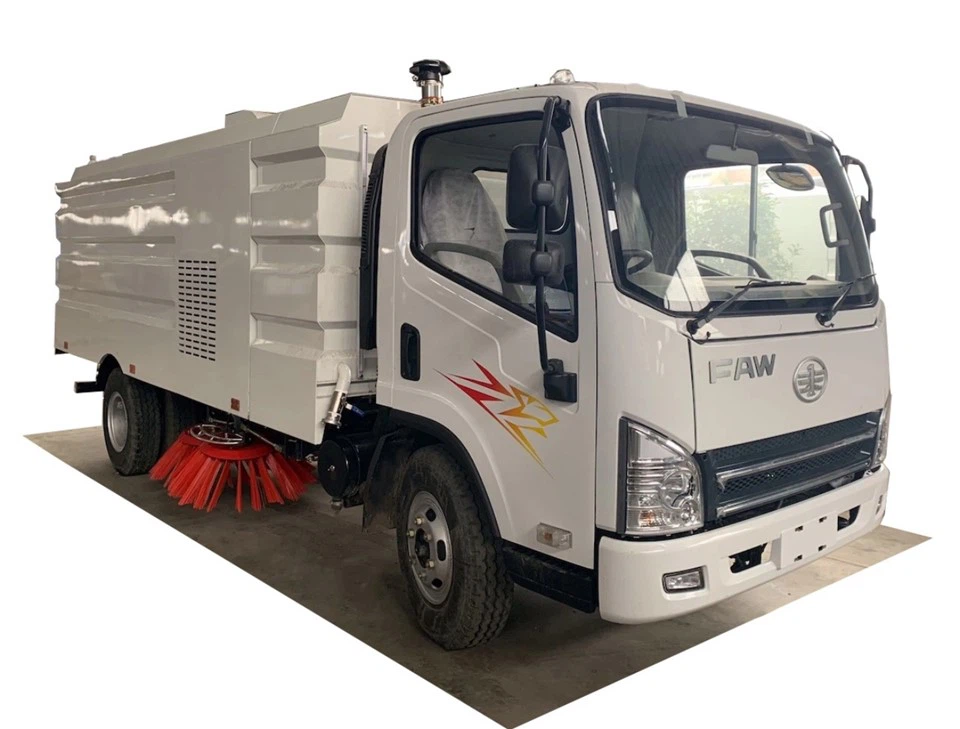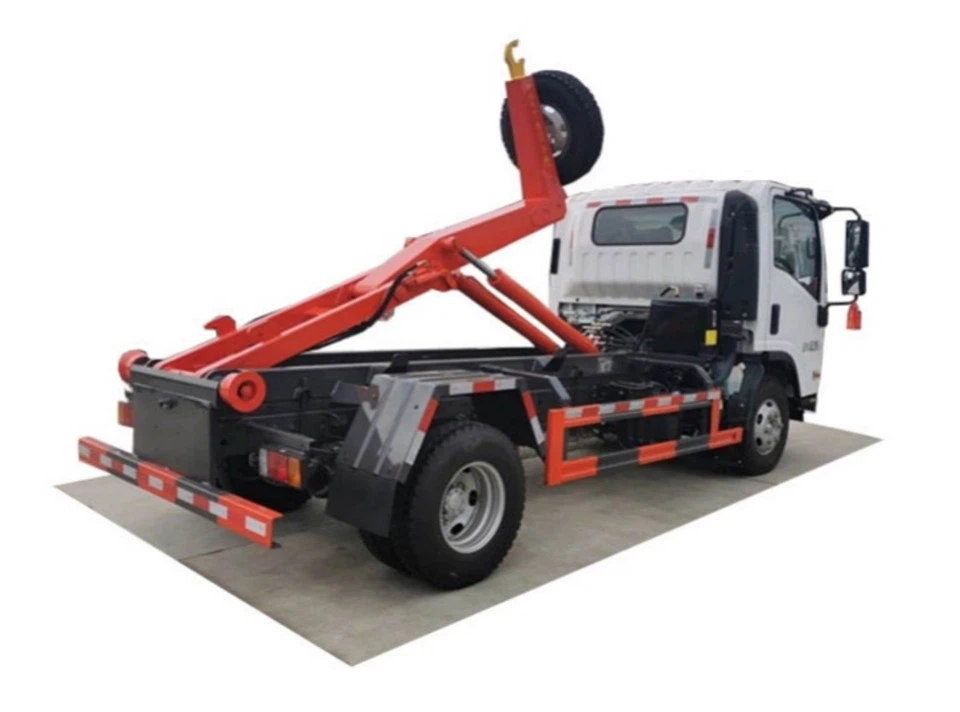Garbage Trucks in Action: Understanding Their Role and Operation

Garbage trucks play an essential role in our daily lives. They help manage waste and maintain cleanliness in our communities. This article explores the various aspects of garbage trucks in action, shedding light on their types, operations, and the technology that makes waste collection efficient. We will also discuss the importance of recycling and sustainable waste management practices.
Understanding Garbage Trucks

What Are Garbage Trucks?
Garbage trucks are specialized vehicles designed to collect and transport waste materials. These trucks are equipped with mechanisms for loading, compacting, and unloading waste at designated facilities. They come in various shapes and sizes, depending on the type of waste they handle.
Types of Garbage Trucks
There are several types of garbage trucks, each serving a specific purpose. Understanding these types can help communities choose the most effective waste management solutions.
1. Front Loader Trucks
Front loader trucks are used primarily for commercial waste collection. They have two large forks that can lift and dump bins into the truck. These trucks are highly efficient for collecting large quantities of waste.
2. Rear Loader Trucks
Rear loader trucks are equipped with a hopper in the back where waste is loaded. They are commonly used for residential waste collection. These trucks require manual labor, as workers need to lift waste bags into the truck.
3. Side Loader Trucks
Side loader trucks use an automated mechanism to lift garbage bins and dump their contents into the truck. This type minimizes the need for manual labor and is becoming increasingly popular in residential areas.
4. Roll-off Trucks
Roll-off trucks are used for transporting large waste containers. They are often seen at construction sites or during major clean-up events. These trucks can quickly switch between empty and full containers, helping to manage heavy loads efficiently.

The Mechanism of Garbage Trucks
Loading Mechanisms
The loading mechanism varies by truck type. Different systems include:
- Manual Loading: Used in rear loader trucks, this requires workers to dump waste bags and containers by hand.
- Hydraulic Arms: Side loaders use hydraulic arms to lift bins and dump waste automatically.
- Forks: Front loader trucks use large forks to pick up and tip bins into the truck.
Compaction Systems
Most garbage trucks feature compacting systems that reduce the volume of waste. This allows trucks to carry more waste and requires fewer trips to disposal sites. Compacting mechanisms can be hydraulic or mechanical.
Unloading Process
Once at a landfill or recycling facility, garbage trucks undergo an unloading process that may also vary. Typical methods include:
- Tip-and-Run: The truck raises its payload and dumps its contents directly onto the ground.
- Compactor Use: In some facilities, compactor trucks unload their contents into larger containers for further processing.
Environmental Impact of Garbage Trucks
Pollution Concerns
While garbage trucks are essential, they also contribute to environmental pollution, including noise and emissions. Modern trucks are designed with enhanced engines that minimize emissions, but challenges persist.
Mitigating the Impact
Municipalities can take steps to reduce the environmental impact of garbage trucks, such as:
- Investing in electric or hybrid garbage trucks.
- Implementing eco-friendly routing to decrease fuel consumption.
- Scheduling collection times to avoid peak traffic, thus reducing idle time.
The Role of Technology in Garbage Collection
Automated Systems

Advancements in technology have led to the development of automated garbage collection systems. Some municipalities use smart bins that signal when they are full, optimizing collection routes.
GPS Tracking
Equipping garbage trucks with GPS allows waste management companies to monitor routes in real time. This enables better route management, reducing fuel use and improving efficiency.
Recycling and Waste Management Practices
The Importance of Recycling
Recycling is critical for reducing landfill waste and conserving resources. Garbage trucks often collect recyclable materials separately to facilitate processing.
Best Practices for Waste Management
Communities can adopt several best practices to improve waste management:
- Encourage residents to separate recyclables from general waste.
- Implement community programs to raise awareness about recycling.
- Provide easily accessible recycling bins and information on proper disposal methods.
Challenges in Garbage Collection
Weather Conditions
Adverse weather, such as heavy rain or snow, can impede garbage collection. Municipalities must develop contingency plans to ensure waste is collected regularly.
Public Awareness and Participation
Public participation is crucial for effective waste management. Engaging the community through education and outreach can improve participation rates in recycling and reduce littering.
Practical Tips for Residents
Proper Waste Sorting
Residents can play a significant role in waste management. Here are some tips:
- Always sort recyclables from general waste.
- Do not place non-recyclables in recycling bins, as this can contaminate the batch.
- Use biodegradable bags for organic waste when possible.
Follow Municipal Guidelines
Each municipality has its guidelines regarding waste disposal. Residents should familiarize themselves with local regulations to ensure compliance.
FAQs about Garbage Trucks in Action
1. How often do garbage trucks collect waste?
The frequency of waste collection varies by municipality. Most residential areas have collection once a week, while commercial zones may require more frequent service.
2. What happens to the waste collected by garbage trucks?
After collection, garbage trucks take waste to landfills or recycling facilities. There, waste is sorted, processed, or compacted according to its type.
3. Are there eco-friendly garbage truck options?
Yes, many municipalities are investing in electric or hybrid garbage trucks to reduce emissions and pollution associated with traditional diesel engines.
4. How can communities improve their recycling rates?
Communities can enhance recycling rates by providing education on proper sorting, increasing access to recycling bins, and conducting outreach programs.
5. Are garbage trucks safe for pedestrians and cyclists?
Safety is a concern with garbage trucks due to their size. Pedestrians and cyclists should exercise caution and follow traffic signals when near collection sites.
6. What innovations are shaping the future of garbage collection?
Innovations such as automated collection systems, smart bins, and advanced routing software are significantly improving the efficiency and sustainability of waste management.
